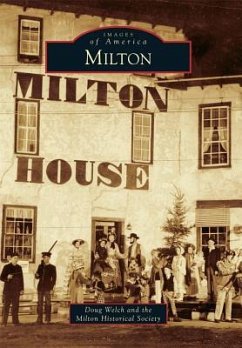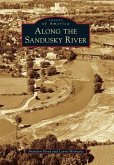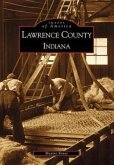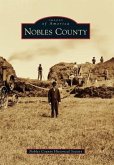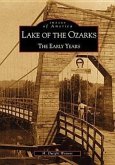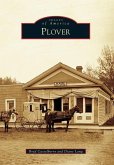When the traveling party with Joseph Goodrich concluded a months-long journey west from Alfred, New York, in the spring of 1838, the strong-willed abolitionist staked out land some 60 miles west of Milwaukee. The area was then a crossroads of militia trails still worn from the Black Hawk War six years prior. Wisconsin's statehood was 10 years away when Goodrich began platting a community. He began with the Milton House, a unique hexagonal structure made of grout and built to serve as a temperance inn. Later, Goodrich used Milton House to aid fugitive slaves fleeing the South, and the inn became the heart of the community. By 1844, Milton had expanded around the town square. That same year, Goodrich founded Milton Academy, which was chartered as a college in 1867. He also facilitated the arrival of railroad lines, which led to the establishment of Milton's twin village, Milton Junction, the rail hub of southern Wisconsin.
Hinweis: Dieser Artikel kann nur an eine deutsche Lieferadresse ausgeliefert werden.
Hinweis: Dieser Artikel kann nur an eine deutsche Lieferadresse ausgeliefert werden.

